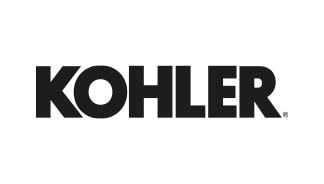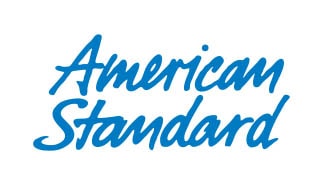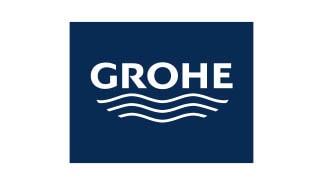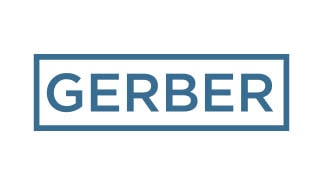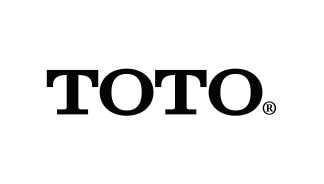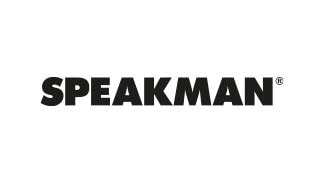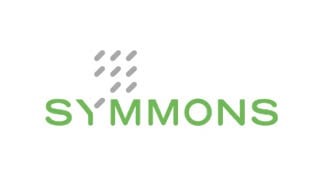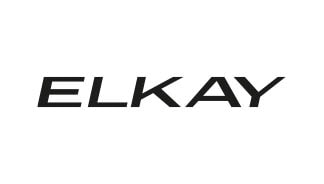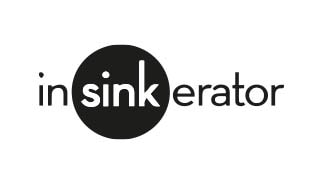Published on
September 14th, 2023The History Behind the Invention of Fire Suppression Systems
One of the most common ways to protect buildings from the threat of fire, the modern fire suppression sprinkler system has seen several iterations over the centuries. While most property owners realize the system is a building essential, they may not know why. Discover the history of this life-saving device, its importance to New York City, and why sprinkler systems are mandatory in most buildings today.
History of the Inventors of the Fire Suppression Sprinkler System
Leonardo da Vinci
Leonardo da Vinci is famous for his inventive mind, artistic eye, and enthusiastic spirit. Many of his ideas were far ahead of their time, such as his flying and cooling machines — primitive designs of airplanes and air conditioning. Still, as with every great genius, not every idea can be a winner.
Legend has it that in the 15th century Leonardo invented one of the earliest versions of a sprinkler system — but its first use was a disaster, and likely something he would want kept out of his portfolio of accomplishments. The design was unfortunately showcased at the unveiling of a new oven he invented for a restauranteur that featured a conveyor belt to transport food.
During the dinner rush, the oven’s conveyor system worked too slowly, forcing Leonardo to make adjustments. After he fiddled with the device, the oven began working too quickly. It started burning food and eventually lit a small fire. The fire set off the new sprinkler system, which saturated and ruined the entire invention unveiling, even flooding the kitchen.
Ambrose Godfrey
Though Leonardo’s sprinkler design technically worked, it would take over a century for someone to try to automate a fire suppression sprinkler system. In 1723, Ambrose Godfrey, a chemist, designed an automated sprinkler system that used gunpowder as a triggering agent.
Godfrey’s design depended on a fire triggering a set of fuses. Then the fuses ignited the gunpowder, causing an explosion that released stored water to put out the flames. The same method eventually helped create the fire extinguisher as well.
William Congreve
The sprinkler system design underwent several evolutions from the 15th century onward, but it wasn’t until 1812 that the first working system was installed. The British inventor William Congreve designed a manually operated system installed in the Theatre Royal in London.
Congreve’s design featured an airtight reservoir feeding into several smaller pipes with perforations, not unlike modern setups. However, the manual nature of the system made it less useful. It was another 60 years before the development of a practical automated system.
Philip W. Pratt and Henry S. Parmalee
The first automated fire suppression sprinkler system was patented in 1872 by Philip W. Pratt. In 1874, a piano factory owner, Henry S. Parmalee, perfected Pratt’s design with automated sprinkler heads. Parmalee’s sprinkler heads operated individually.
Parmalee trusted his design so much that he installed it in his piano factory. The design incorporated a bulb that acted as a stopper for the water supply. When a fire occurred, the heat caused the bulb to burst, allowing the water to flow from the sprinkler head.
Frederick Grinnell
Seven years later, in 1881, Frederick Grinnell — the manufacturer of Parmalee’s system — patented his own design. Through several years and design upgrades, Grinnell finally created the glass disc sprinkler, a more practical design than Parmalee’s.
Grinnel’s design is strikingly similar to sprinkler heads still in use today, a credit to his ingenuity. In fact, sprinklers in France have the name “le Grinnell” in the inventor’s honor. Set on perfection, Grinnel continued to alter and improve his design, incorporating new technologies and innovations.
Though Grinnell is the father of the practical sprinkler design, nearly 50 years after he died in 1905, the industry made one more significant change: the spray pattern. Since 1954, the design of the fire suppression sprinkler system has remained relatively untouched. Throughout its history until now, the primary focus has been on augmenting and improving fire safety.
The Demand and Need for Fire Safety in New York City
The Elm Street Fire
Like most large cities, New York City has experienced a number of dangerous and destructive fires. One broke out on February 2, 1860, at 142 Elm Street — Lafayette Street today. The fire began in the ground-floor bakery and quickly spread to the apartments on the upper floors. Firefighters arrived quickly but could not save tenants above the fourth floor; their ladders were not long enough. Also, sprinkler systems were not yet practical or widely installed.
An estimated 30 people perished in the tenement house, including 10 women and children. Two months after the deadly blaze, NYC adopted its first fire safety law for emergency egress, requiring residential properties built for eight or more families to include fireproof balconies and stairs.
The Triangle Shirtwaist Factory Fire
On March 25, 1911, at 4:40 p.m., the Triangle Shirtwaist Factory, located on the upper levels of the Asch Building in NYC, caught fire. By 4:58 p.m. the fire was out, but it left 146 dead.
Inadequate safety measures, combustible materials, and an ill-equipped fire department contributed to the disaster. The building did not have a fire suppression sprinkler system, and the water buckets that should have been in place in case of a fire were empty. Moreover, the factory owners locked employees inside.
The incident resulted in widespread outrage and motivated immediate reform. Following the incident, any building over six stories had to have sprinkler systems, and the systems had to provide adequate water pressure.
Modern Provisions To Prevent Fire Tragedies
Building Owner Responsibilities
Today, property owners have specific responsibilities to their tenants. The city holds landlords accountable and demands adherence to fire codes. All commercial and tenant properties must have posted emergency evacuation routes. Also, fire alarms, extinguishers, and sprinkler systems are not optional.
As a property owner, you must ensure all fire protection equipment is operational. Do this by adhering to inspection and maintenance schedules. Sanitary Plumbing can help you maintain your sprinkler system.
Fire Suppression Sprinkler System Maintenance and Upkeep
Sanitary Plumbing Is Your Trusted Neighborhood Service
A fire suppression sprinkler system is a vital and mandated safety system, but it is not immune to wear and degradation. To protect your system and ensure the safety of your tenants, staff, and property, regular maintenance and inspections are essential. Contact Sanitary Plumbing at 212-734-5000 to schedule an assessment of your sprinkler system or to discuss annual service contracts.
